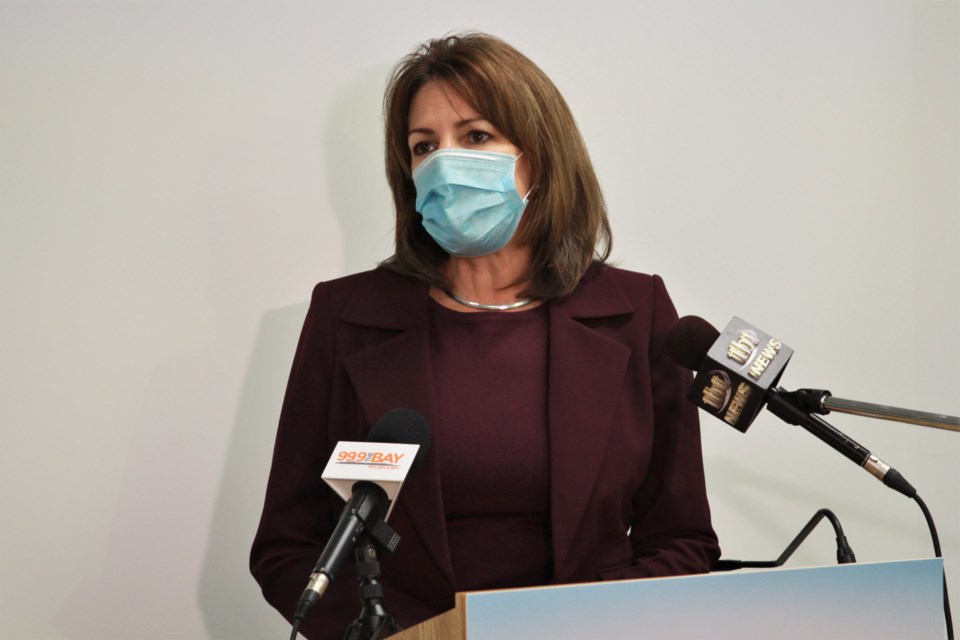THUNDER BAY – Thunder Bay Regional Health Sciences Centre CEO Dr. Rhonda Crocker-Ellacott says they have seen a rise in hospitalizations in February.
"Today we're at 47, but our average has moved from 27.9 in the month of January to 46.2 in the month of February. Although we do see weekly cases coming down provincially, and hospitalizations coming down provincially, unfortunately in the North we're not quite there yet, we're seeing our trends continue," said Dr. Crocker-Ellacott.
“When you see what’s happening in the province, not all areas of the province move and shift at the same rate. So we’re experiencing that exact piece.”
There are currently 11 COVID-19 patients in the Intensive Care Unit, with hospital occupancy above 100 per cent, and ICU occupancy nearing it.
These significant capacity issues continue to cause problems for people waiting on non-urgent and non-emergent surgeries.
Dr. Crocker-Ellacott stated they have been able to begin carrying out some of these procedures, but that there is still an extensive backlog.
"It's a balancing act, so we're working very closely with our clinicians to assess patient care needs every single day with the available capacity and resource availability. We're doing what we can to increase volumes because we know there are specific patient needs and there's been significant delays and concerns with respect to the postponement of these cases."
“So we’re working very closely to really bring up those numbers as quickly as we can, but there is, unfortunately, an inability given some of the capacity demands and the continued high trend numbers with respect to COVID-19 in our area.”
Dr. Crocker-Ellacott hopes they can begin cleaning up the surgery backlog soon but stresses it depends on when we begin to see hospitalization numbers drop.
"So when the time comes and when we have the ability to increase our cases, we will work hand in glove with our clinicians in order to ensure that we're able to increase as much as possible to really address those needs," said Dr. Crocker-Ellacott.
"In addition, we work together with our regional partners across Northwestern Ontario. So there are other hospitals in Ontario that offer surgical care. So we are at times able to move surgical cases out to Kenora or Fort Frances, Dryden, and work collaboratively to really ensure that patients are able to get some care in regional hospitals that they wouldn't otherwise be able to receive in Thunder Bay."
